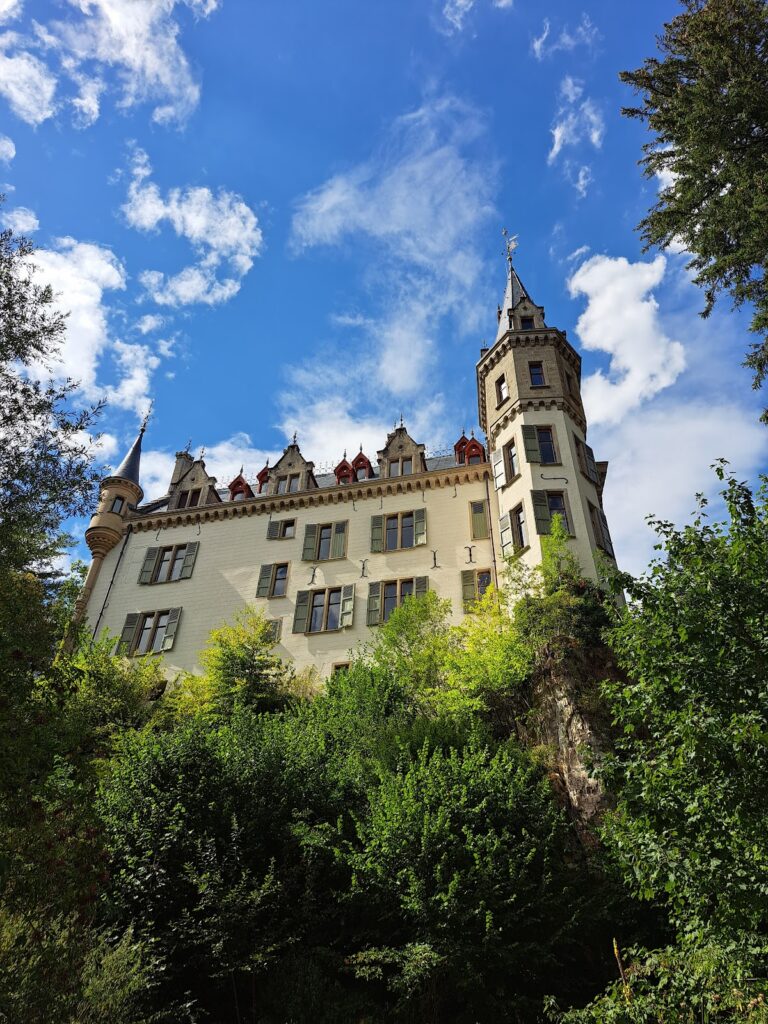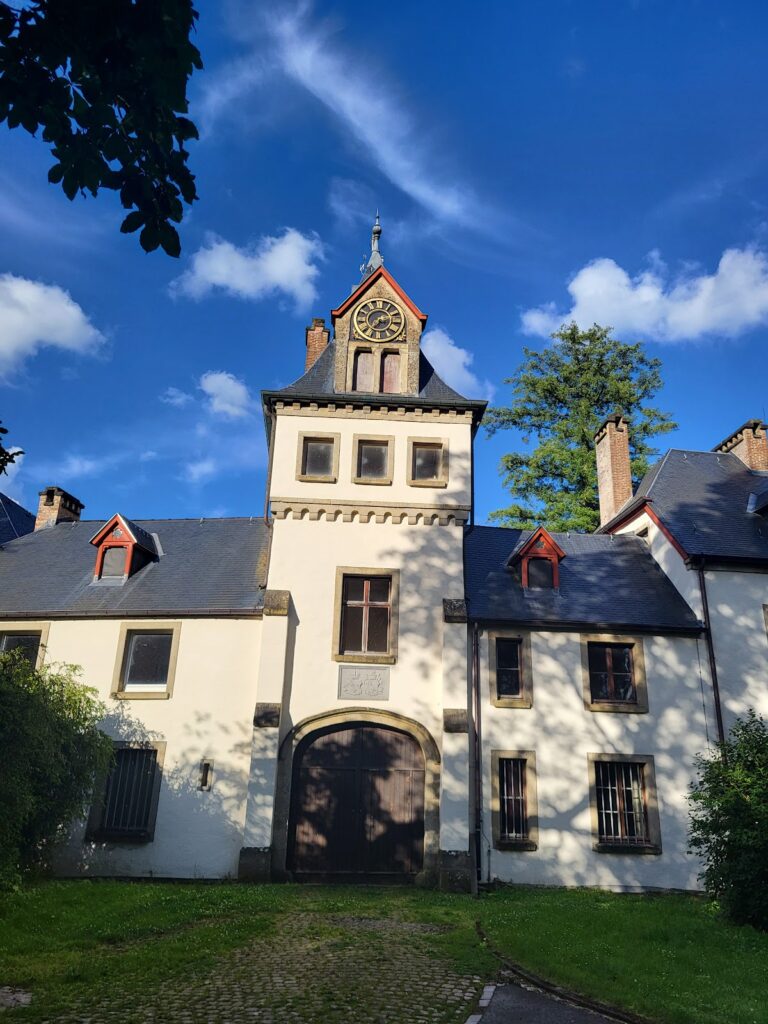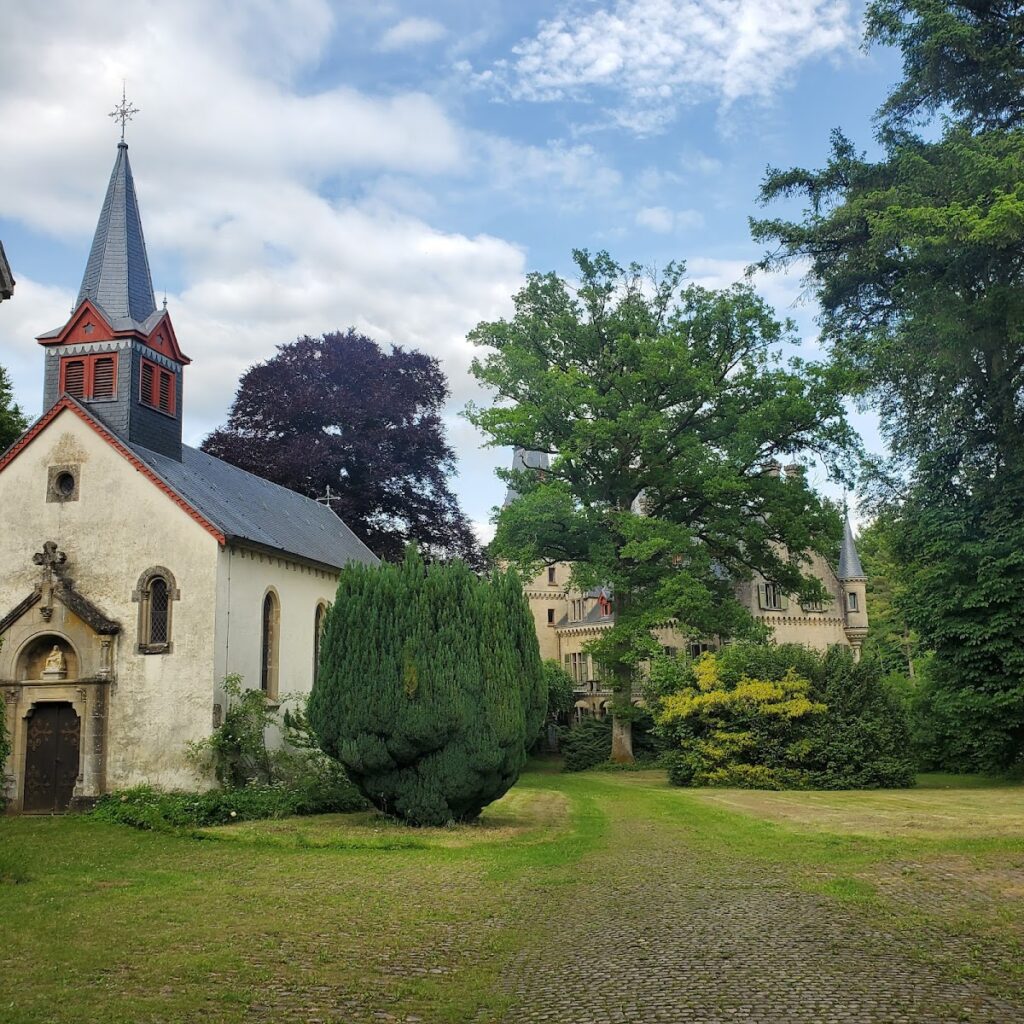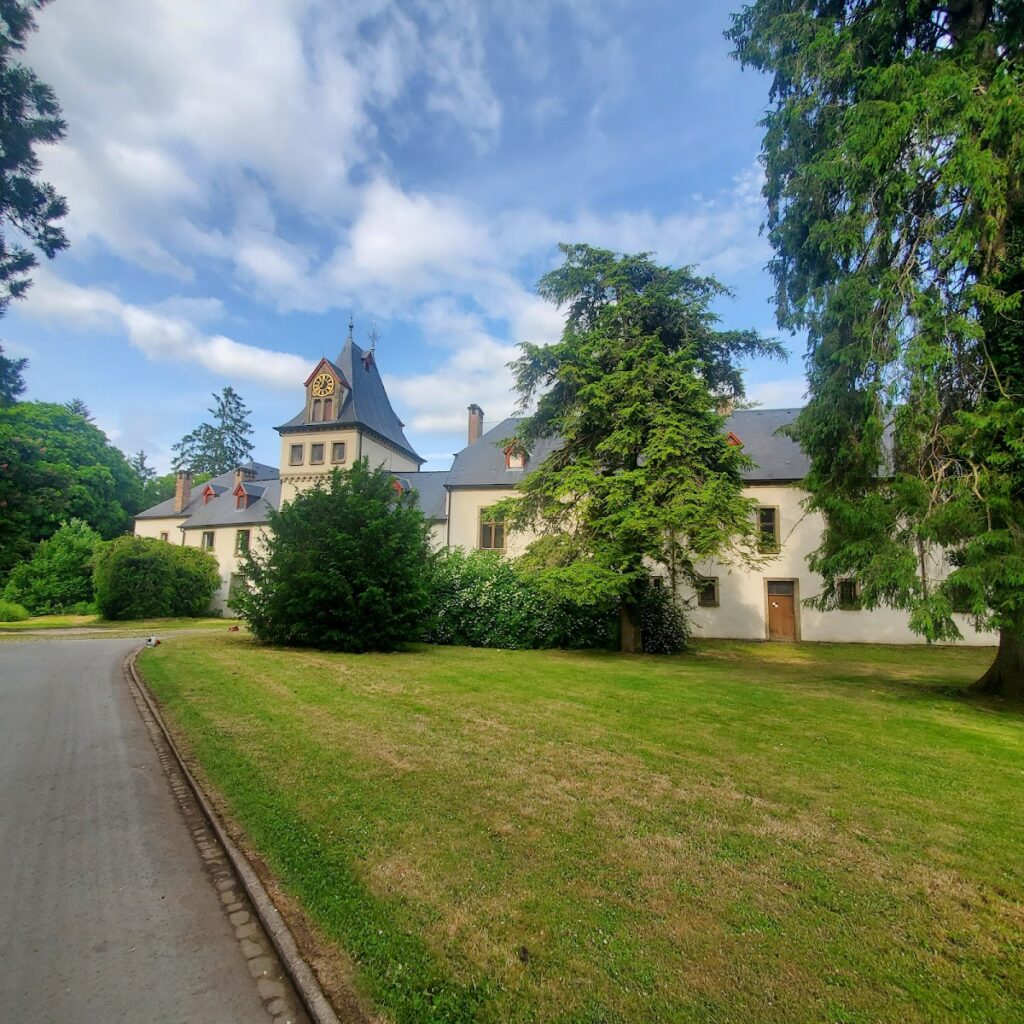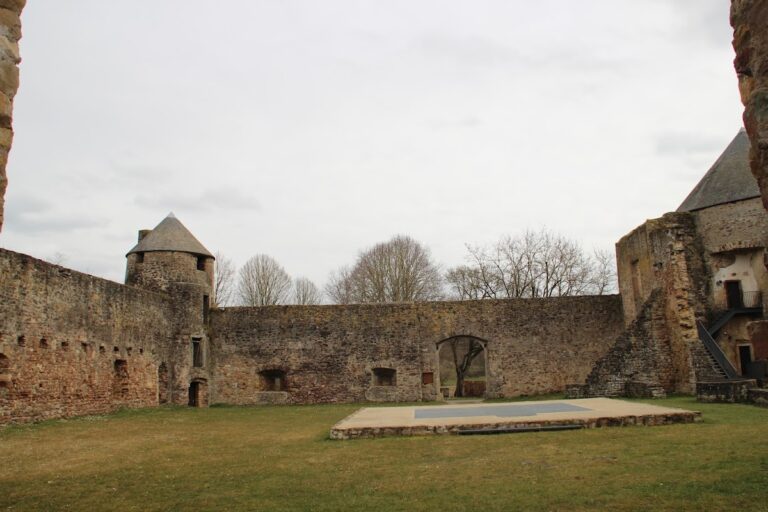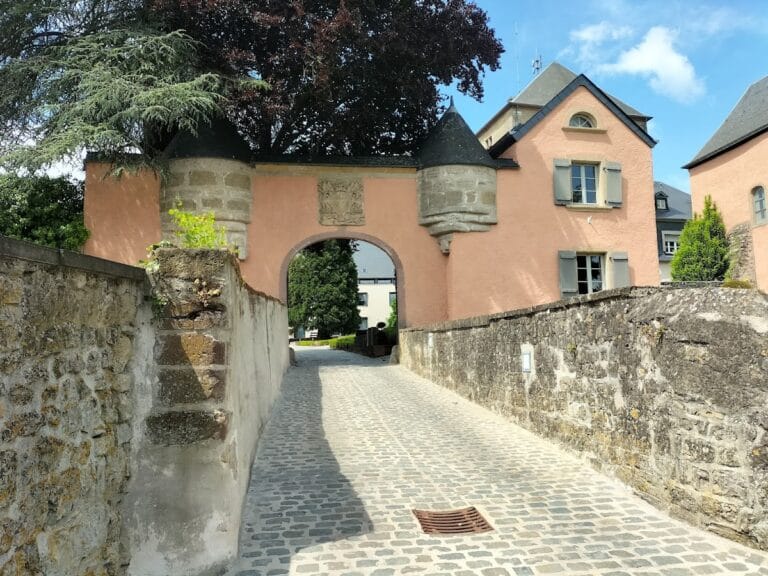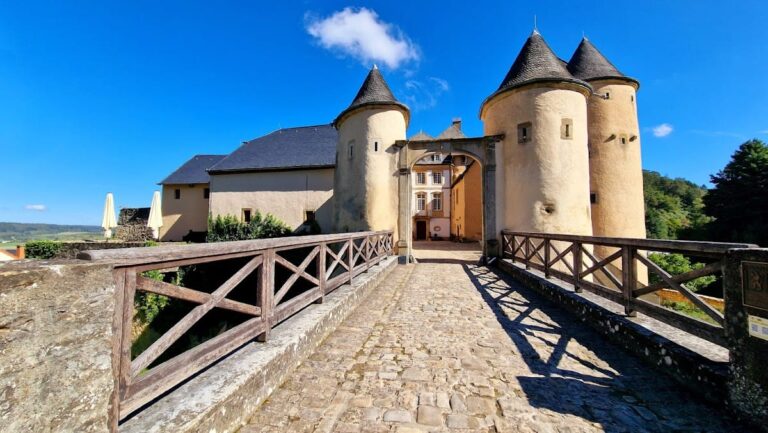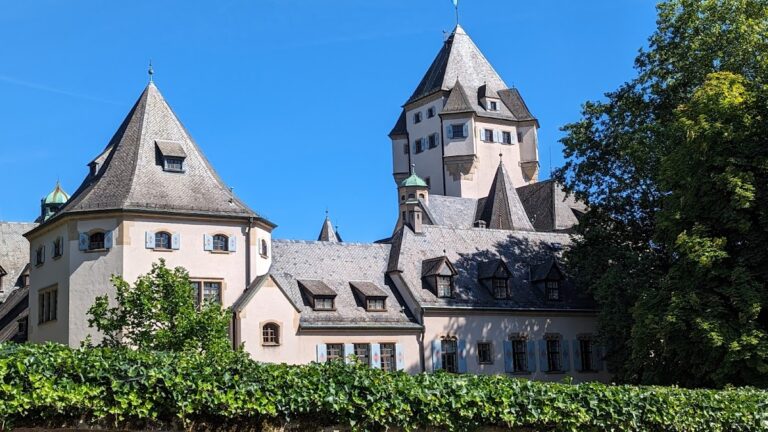Meysembourg Castle: A Historic Luxembourg Fortress and Estate
Visitor Information
Google Rating: 4.4
Popularity: Low
Google Maps: View on Google Maps
Country: Luxembourg
Civilization: Unclassified
Remains: Military
History
Meysembourg Castle is located in the municipality of Larochette, Luxembourg. The site’s origins reach back to the Middle Ages, when the original fortress was constructed by the local Meysembourg family, a noble line recorded from the 12th century within the territory that is now Luxembourg.
The earliest known proprietors include Walter de Meysembourg, documented in 1176, and later Eberhart de Meysembourg, mentioned in records from 1296. A notable figure linked to the site’s early period is a Dame de Meysembourg, who served Countess Ermesinde of Luxembourg, highlighting the family’s regional prominence. During the 15th century, the castle experienced significant upheaval; in 1443, forces led by Philip the Good destroyed the structure. It was rebuilt before the year 1500, demonstrating continued occupation and strategic importance.
The castle endured further destruction in 1683–1684 when troops under Maréchal de Boufflers attacked, leading to significant damage. Despite this, parts of the medieval structure persisted, including the chapel and defensive features. The late 18th century saw dramatic changes when Custine de Wiltz, the last hereditary owner, fled in 1794 amid the French Revolutionary invasion. This event marked the end of the castle’s role as a noble residence.
In 1798, following a public auction, the castle changed hands to the Cassal family from Fischbach. Subsequently, it passed to Jean-François Reuter of Heddersdorf, who reshaped the surrounding area by relocating village inhabitants and transforming the land into agricultural use, enhanced by an English-style landscaped park. The property’s appearance changed substantially under this new ownership.
A major shift occurred in 1855, when Prince Charles of Arenberg purchased the estate. Embracing contemporary architectural tastes, he demolished the old castle and commissioned a new residence built in 1880. Designed by architect Charles Arendt, the new structure adopted the Neo-Renaissance style, reflecting the 19th century’s revival of classical architectural elements. The castle remained under the Arenberg family’s care until 1971, when it was sold to Alphonse Spiegelburg, and later acquired by the Clasen family in 2011.
More recently, restoration efforts took place from 2014 to 2016, funded partly by the state to preserve both the castle and its extensive park. Recognized for its historical and ecological importance, the site was designated a national monument in 2008. While proposals were introduced to integrate the grounds into a golf course or venue for polo, these plans did not proceed, ensuring the park retained its original character. Today, the castle remains privately owned and is not open to the public, with considerations underway regarding its potential conversion for hotel use.
Remains
Meysembourg Castle today presents a layered architectural landscape where elements from different periods coexist. The complex rests on the site of earlier buildings, blending medieval remnants with the 19th-century Neo-Renaissance construction. The medieval footprint is discernible through surviving sections including the original chapel, a surrounding moat, and portions of the outer defensive wall.
The chapel, one of the oldest surviving structures, reflects the castle’s longstanding religious connection and remains a key fragment of the medieval presence. The moat, once serving as a defensive barrier, encircles part of the site and stands as a reminder of the castle’s fortified nature in earlier times. Sections of the outer wall hint at the castle’s former boundaries and defensive strategies, despite their partial preservation.
The current castle, erected in 1880 on the foundation of an 18th-century predecessor, features a new façade and the addition of a square tower, incorporating aspects of Renaissance revival style. The estate also includes restored outbuildings and a chapel, all rebuilt during the late 19th-century construction phase. These contribute to the castle’s cohesive appearance while respecting its historical layers.
Surrounding the castle is a large landscaped park covering approximately 450 hectares. This park features notable historic elements, such as a pond originally designed for washing horses, which is among the few of its kind recorded in Luxembourg. The park serves not only as a scenic environment but also as a botanical preserve, housing rare plant species, including the earliest Douglas fir trees introduced in the country. These botanical elements underscore the site’s ecological as well as cultural value.
The entire complex underwent thorough restoration between 2014 and 2016, with attention given to conserving historic fabric and adapting buildings for contemporary purposes. Positioned about two kilometers southwest of Larochette, the castle stands on elevated terrain, offering a vantage point over the surrounding landscape that has been significant since its medieval establishment.
